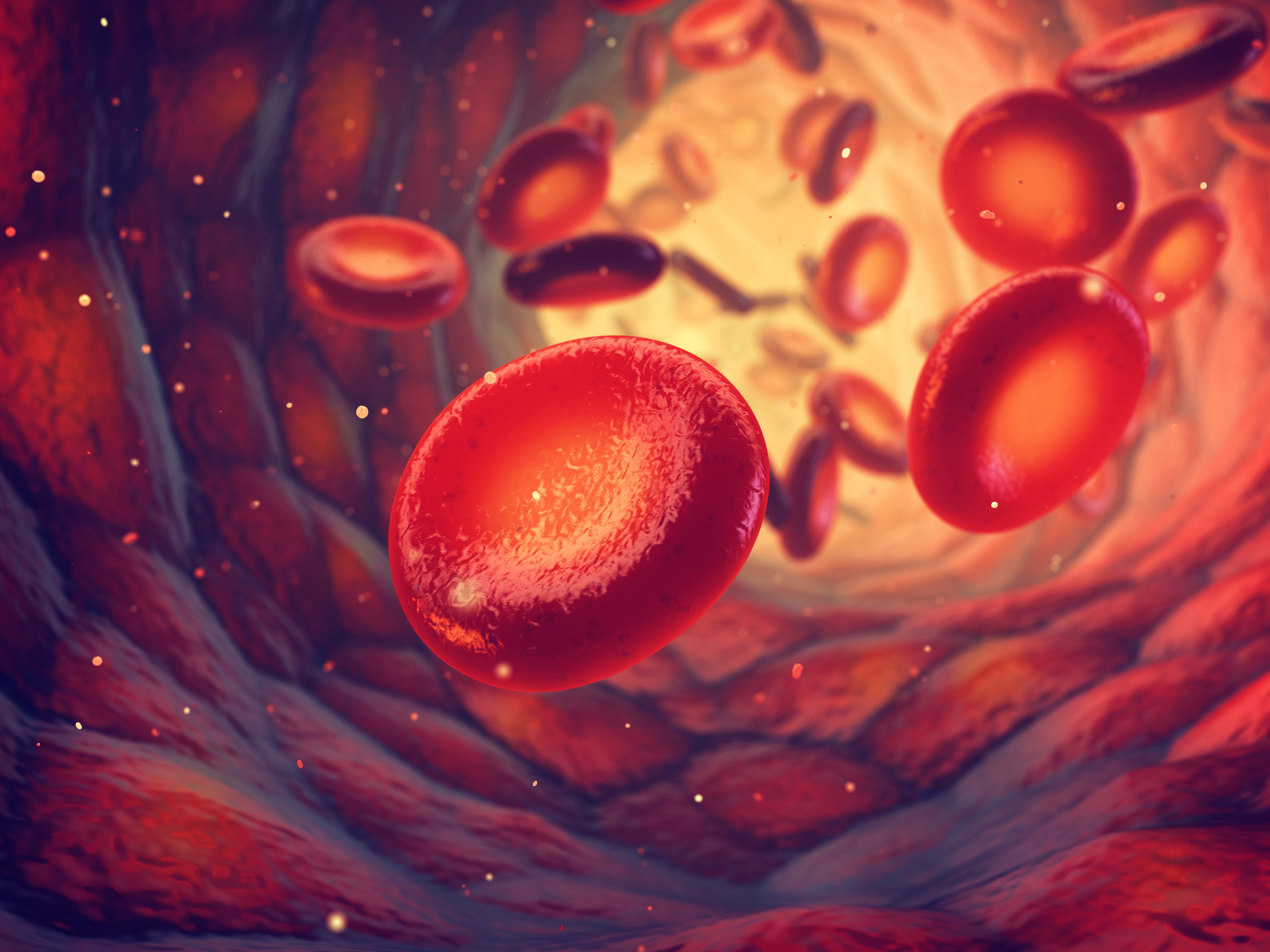FDA Issues CRL for Ropeginterferon alfa-2b-njft BLA in PV
The FDA has issued a complete response letter to PharmaEssentia Corporation for the company’s biologics license application for ropeginterferon alfa-2b-njft as a potential treatment for patients with polycythemia vera.

The FDA has issued a complete response letter (CRL) to PharmaEssentia Corporation for the company’s biologics license application (BLA) for ropeginterferon alfa-2b-njft as a potential treatment for patients with polycythemia vera (PV).1
The response letter indicates that COVID-19–related travel restrictions contributed to the agent not being approved at this time with the pandemic leading to delays in the inspection of the company’s manufacturing facility in Taiwan that is necessary to be completed prior to approval. Additionally, the agency also noted that additional data are needed regarding the administration format for the product. No concerns were raised, however, about the clinical profile of the agent.
“We are confident that we can work with the Agency to address the requests highlighted in the response letter and resubmit in an expeditious manner,” said Meredith Manning, US general manager, PharmaEssentia Corporation, in a statement. “We remain fully committed to introducing ropeginterferon alfa-2b-njft to the US PV community.”
The BLA for ropeginterferon alfa-2b was accepted by the FDA in June 2020 and was supported by findings from the phase 3 PROUD/CONTI-PV clinical trial (NCT01949805; NCT02218047). Findings from the trial were presented at the 2020 American Society of Hematology Annual Meeting, demonstrating a high hematologic response rate with the agent along with symptom control, tolerability, and low rates of depression.2
A total of 254 patients were randomized to receive either ropeginterferon or hydroxyurea/best available therapy (HU/BAT) in the PROUD-PV trial and continued to the CONTI-PV trial after a year, but only 83 in the investigational arm and 70 in the control arm completed the 36-month efficacy analysis.
After 3 years of treatment, higher complete hematologic response rates were achieved in the ropeginterferon arm than the HU/BAT arm (70.5% vs 51.4%; risk ratio, 1.38; 95% CI, 1.07-1.79; P = .0122). The rates of complete hematologic response and symptom improvement were 52.6% in the ropeginterferon arm and 37.8% in the HU/BAT arm (risk ratio, 1.42; 95% CI, 1.01-2.00; P = .0437).
JAK2 V617F molecular response was observed in 66.0% of patients in the ropeginterferon arm versus 27.0% of the HU/BAT arm (risk ratio, 2.31; 95% CI, 1.56-3.42; P < .0001).
The rates of adverse events were 89.8% in the ropeginterferon arm and 90.6% in the HU arm. Treatment-related adverse events were reported in 74.8% of those treated with ropeginterferon and 78.7% of those treated with HU.
Gamma-glutamyl transferase increase was more common in the ropeginterferon arm whereas anemia, thrombocytopenia, and leukopenia were more common with HU.
Disease or treatment-related secondary malignancies of 3 malignancies of glioblastoma, seminoma, and adrenal neoplasm were observed in the ropeginterferon group, which was considered potentially not related to interferon treatment, versus 2 cases of acute myeloid leukemia, 1 case of melanoma, and 2 basaliomas in the HU group.
References
1. PharmaEssentia Provides U.S. Regulatory Update on Ropeginterferon alfa-2b-njft for the Treatment of Polycythemia Vera (PV). News release. PharmaEssentia Corporation. March 14, 2021. Accessed March 15, 2021.
2. Gisslinger H, Klade C, Georgiev P, et al. Evidence for Superior Efficacy and disease modification after three years of prospective randomized controlled treatment of polycythemia vera patients with ropeginterferon alfa-2b vs. HU/BAT. Blood. 2018;132(suppl 1):579. doi:10.1182/blood-2018-99-118715